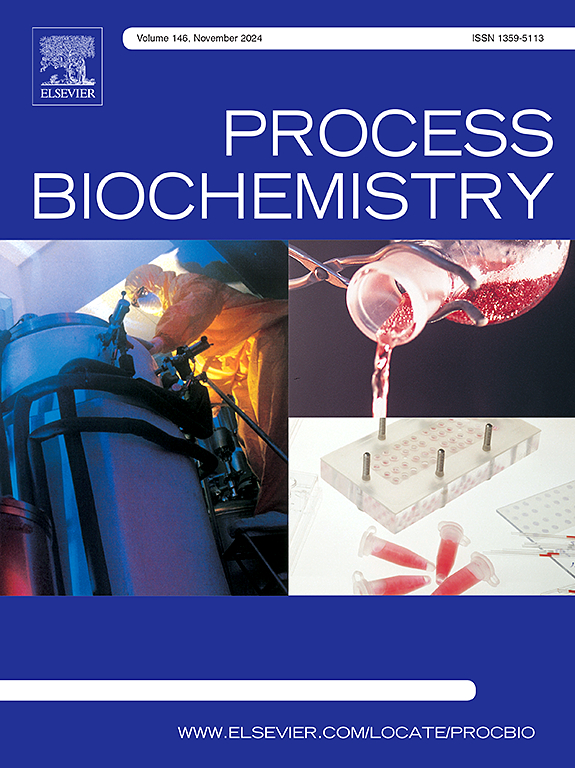Prospective comparison between mannan-oligosaccharide (MOS) and other hemicellulose-derived oligosaccharides
IF 3.7
3区 生物学
Q2 BIOCHEMISTRY & MOLECULAR BIOLOGY
引用次数: 0
Abstract
Mannan-oligosaccharides (MOS) are emerging prebiotics composed of mannose residues linked by α- or β-glycosidic bonds. α-MOS are derived from the cell wall of Saccharomyces cerevisiae, while β-MOS can be derived from mannan-rich plants, offering a sustainable approach to obtaining byproducts. To understand the landscape of β-MOS production, this study compares α-MOS and β-MOS with other plant-based oligosaccharides, including xylo-oligosaccharides (XOS) and arabino-(xylan)-oligosaccharides (AOS/AXOS), through scientific, technological, and market surveys. The analysis revealed growing interest in XOS, followed by MOS, and early stages of R&D in AOS/AXOS. Manual curation of MOS studies indicated that β-MOS production is concentrated on sources like konjac and carob, with increasing attention on agro-residues from coffee, coconut, and oil palm industries. The production process often involves enzymatic hydrolysis, highlighting biotechnology's role. The market shows established α-MOS products and the rise of β-MOS. This study identifies research gaps and market opportunities for hemicellulose-derived oligosaccharides, particularly β-MOS.
求助全文
约1分钟内获得全文
求助全文
来源期刊

Process Biochemistry
生物-工程:化工
CiteScore
8.30
自引率
4.50%
发文量
374
审稿时长
53 days
期刊介绍:
Process Biochemistry is an application-orientated research journal devoted to reporting advances with originality and novelty, in the science and technology of the processes involving bioactive molecules and living organisms. These processes concern the production of useful metabolites or materials, or the removal of toxic compounds using tools and methods of current biology and engineering. Its main areas of interest include novel bioprocesses and enabling technologies (such as nanobiotechnology, tissue engineering, directed evolution, metabolic engineering, systems biology, and synthetic biology) applicable in food (nutraceutical), healthcare (medical, pharmaceutical, cosmetic), energy (biofuels), environmental, and biorefinery industries and their underlying biological and engineering principles.
 求助内容:
求助内容: 应助结果提醒方式:
应助结果提醒方式:


